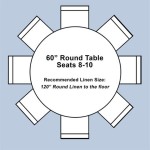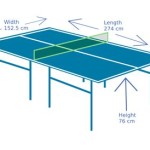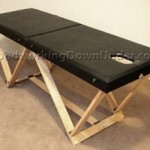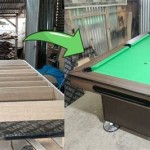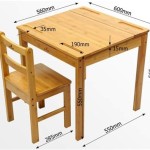Essential Aspects of Raised Bed Vegetable Garden Design
Raised bed vegetable gardens offer numerous advantages, including improved drainage, easier access, and extended growing seasons. When designing your raised bed, several key aspects must be considered to optimize its functionality and aesthetic appeal.
Location:
Choose a location that receives ample sunlight (at least 6 hours per day) and has level, well-drained soil. Avoid areas near trees or buildings that may cast shade or compete for moisture.
Size:
Determine the size of your raised bed based on the space available and the number of plants you intend to grow. Consider the height, width, and length, ensuring there is enough room for plants to grow without overcrowding.
Materials:
Choose sturdy and weather-resistant materials for constructing the raised bed. Common options include cedar, redwood, or treated lumber. The height of the bed should be 12-24 inches to provide adequate root space and improved drainage.
Soil Mixture:
Prepare a nutrient-rich soil mixture specifically designed for raised bed gardening. This can include a combination of compost, topsoil, and organic matter. The soil should be loose, well-aerated, and able to retain moisture.
Shape and Layout:
Consider different shapes and layouts for your raised bed to maximize space and aesthetics. Rectangular or square beds are the most common, but L-shaped or circular beds can also be visually appealing. Plan the layout to optimize plant growth and facilitate access.
Drainage and Irrigation:
Ensure the raised bed has proper drainage holes at the bottom to prevent waterlogging. Incorporate a drip irrigation system or soaker hose to provide consistent moisture without overwatering.
Weed Suppression:
Control weeds by covering the soil surface with mulch or laying down weed barriers. This will suppress weed growth and retain soil moisture.
Additional Features:
Enhance the functionality and aesthetics of your raised bed by adding trellises for climbing plants, companion planting to improve growth, or decorative elements such as edging or lighting.
Maintenance:
Regular maintenance is crucial to ensure a healthy and productive raised bed garden. This includes regular watering, fertilization, pest and disease control, and soil amendments as needed over time.

Raised Bed Garden From A Z What To Know Joe Gardener
:max_bytes(150000):strip_icc()/September-Garden-4-27714c582b0d4ceaad95c9c24aaac9d9-25fe181085014f4381c4323f8ff30f3f.jpg?strip=all)
31 Easy And Inexpensive Diy Raised Garden Bed Ideas

4x8 Raised Bed Vegetable Garden Layout Ideas What To Sow Grow

2024 Vegetable Garden Plan Hip Digs

Raised Bed Garden Design How To Layout Build

Raised Bed Garden Design Tips Growing In The

28 Best Diy Raised Bed Garden Ideas Designs A Piece Of Rainbow

Raised Bed Garden Designs

4x8 Raised Bed Vegetable Garden Layout Ideas What To Sow Grow

8 Simple Steps To Design And Build Custom Raised Beds Worst On The Block
Related Posts


